this is my first question here, so I would like to ask you to kindly point out my mistakes regarding the question instead of just pressing the down arrow. That way I will have the opportunity to correct my mistakes on the next question and keep up the high question-answer quality of this forum. But now to my problem:
I'm currently working on a battery powered project using the Attiny85. Because I want to have the possibility to send push messages to my mobile phone I decided to add an Esp8266 D1 Mini to the circuit. To save power (I know that I could also put the Esp into deep sleep mode, but that would be boring and I wouldn't learn anything new ;)) I thought it would make sense to switch the Esp on and off immediately after sending a message using the transistor 2n2222A and the Attiny. But unfortunately the following circuit does not work:


The funny thing is that the circuit above works when I replace the Esp with a Led. Also reversing the polarity (i.e. instead of switching + with the transistor, - ) works with the Led without problems, but not with the esp.
Many thanks for your ideas in advance